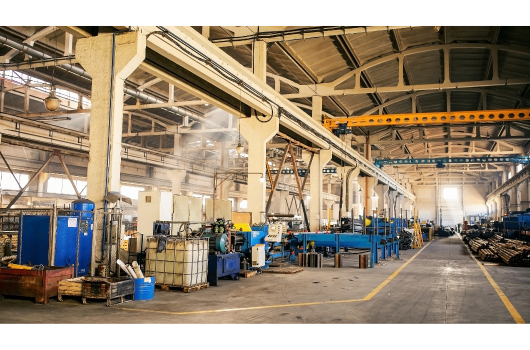Confidence in the economy fell in January
Economic commentary by Jakub Seidler, Chief Economist of the CBA

Economic confidence had fallen at the beginning of the year, but the development was quite mixed.While households' confidence had increased after a weak December and was slightly above the average level of the previous year, business confidence had deteriorated, mainly due to a decline in industry. It was mostly stagnant in retail trade, declined only slightly in services, and rose more markedly in construction (Chart 1).
Households:
Household confidence was generally at similarly pessimistic levels throughout last year, and this situation has not changed much even at the start of this year (Chart 2). Although the situation improved in January compared to December, it was surprisingly bad. Overall, confidence in January was only slightly above the average level for 2023 and, for example, the indicator is below the average for 2023 in perceptions of households' financial situation in the coming year. Household confidence thus remains at low levels, which does not bring much optimism about an early recovery in domestic household consumption.
Businesses:
In the case of businesses, after a more favourable December, confidence fell again, with the "usual suspect", namely developments in industry, and in particular its sub-category "expected production in the next 3 months". This item is very volatile, but January's fall is the biggest in six months and is driven mainly by the automotive sector, where the outlook for future production has deteriorated again. Conversely, the construction sector recorded stronger growth, but it has a small weight in the overall index compared to industry and has not changed the overall direction of business confidence. Retail and services have seen little change and confidence is roughly at last year's level (Chart 3).
Capacity:
Lack of demand as a barrier to growth has increased slightly over the past three months in industry, where it is perceived by around 39% of respondents (up from 36% in October and only 23% in 2022), Chart 4. It has declined in construction and services. Conversely, materials shortages are again increasing as a barrier to growth. In terms of employees, tensions decreased in industry and services, and increased slightly in construction (Chart 5).
Price expectations:
Price expectations for the coming months increased in the December numbers, especially in industry. In January, these expectations decreased slightly and are already very close to the average values of the pre-pandemic years. Expectations remain elevated in construction (30%), but expectations in services and retail trade have fallen noticeably compared to December. From this perspective, inflationary pressures appear to have abated noticeably. However, the survey asks about price developments in the next 3 months, so it cannot be ruled out that the elevated values from the end of last year will still be reflected in the January revaluation, but after that firms - for the time being - do not indicate further price increases (Chart 6).
The uncertainty of the January revaluation was then underlined by the December indicators of the European Commission, which also publishes producers' price expectations for sub-sectors, such as consumer goods manufacturers, either for short- or long-term use. Among producers of non-durable consumer goods, December's month-on-month increase in price growth expectations in the Czech Republic was the highest of any EU country, well above the EU average (see Chart 7).
Today's figures thus confirmed that the domestic economy continues to teeter on the edge of recession from the edge of the year, with firms facing weak demand, particularly in industry. Expectations for price growth have largely been downgraded, which is another signal to the CNB that it may ease monetary policy more noticeably this year - however, the indicators still carry elevated risks for January inflation itself, which may still only lead to a cautious rate cut of a modest quarter at the CNB's February meeting. In this respect, it will be necessary to wait for discussions with CNB officials to see how they view any uncertainties.